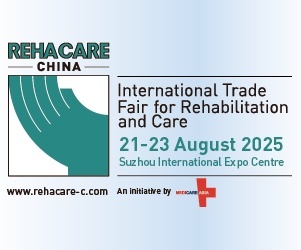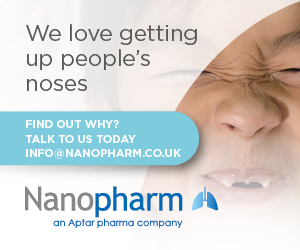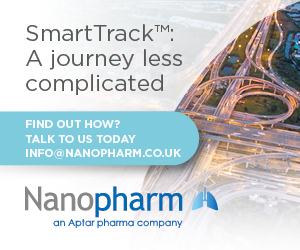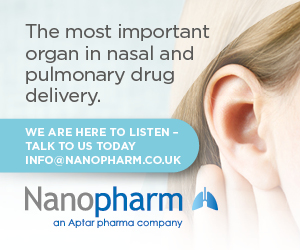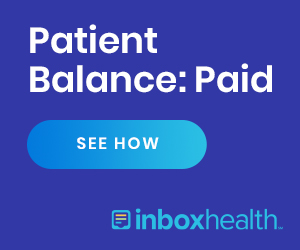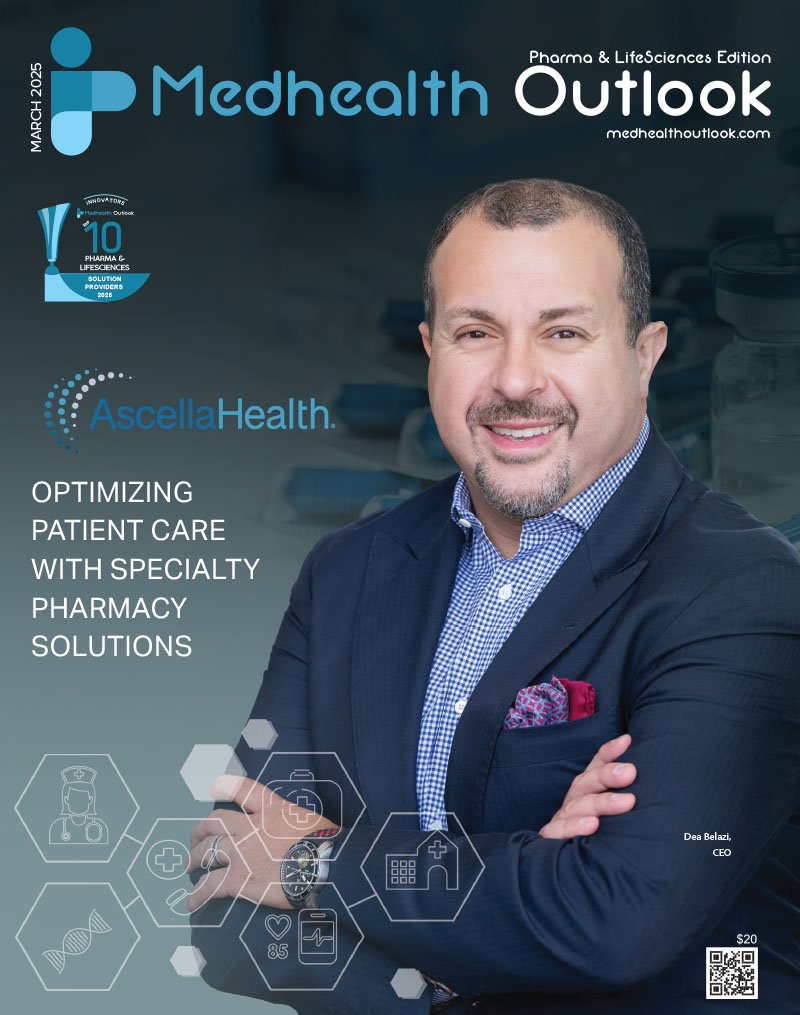Data Interoperability has certainly reached a tipping point in healthcare. Some would argue, I would certainly argue that this is the most entrepreneurial period in the Healthcare industry at least in my lifetime and perhaps many generations before me. We are seeing a number of trends converge – We are fundamentally changing the way we pay for Healthcare in America. This shift in payment is changing what Doctors and Providers are looking for in their tech enables solutions. It used to be where Providers would document laboriously for the services they provide and submit a bill so that they can earn their payment. We are shifting from documenting and billing to the population at large. Who are the patients that are not going to the clinic’s so that if they get taken care of, we could prevent an unnecessary trip to the hospital.
First step would be to reward those providers. To figure out which patients to focus on, the Govt has opened up unprecedented amount of health information, both macro data as well as patient level data for systems that are working with Medicare. This is opening a feed that can be managed to drive outcomes. We can now actually exchange information and coordinate care better, ensure that all providers and care delivery teams are on the same page and that we are reminding the patient to take their medication
With the advent of FHIR, we saw what was on paper in manila folders and locked somewhere in digital formats be exposed as discrete pieces of data that could fuel connected apps. Now we can know who are all the patients that have an elevated Blood pressure using Technology instead of rummaging through paper records.
Medicare has not only described a shift in payment but they are also prescribing data formats in which data should move so patients can take control of their health. All certified E.H.R’s must prove that they can expose patient data via API back to the apps that patients designate. This is the biggest opportunity for Entrepreneurs to close gaps in care using Technology and convert some of the challenges into opportunities, transforming us from where we are today which is Sick Care to True Healthcare – one that is continuous and preventive
Interoperability in healthcare is at an inflection point. Great progress has been made, but many challenges remain that limit the ability to fully optimize the delivery of quality, value-based care while also reducing costs. Major FHIR®-centric initiatives have emerged to address these barriers and allow healthcare to embrace interoperability that has fueled innovation and disruption in other industries.
The HL7® Da Vinci Project and ONC’s FHIR at Scale Task Force (FAST) are two initiatives leveraging FHIR to liberate data in support of value-based care and promote scalable adoption. Through cross-industry, consensus-based effort, these initiatives create essential use cases, guidelines and implementation guides—with the goal of removing barriers to FHIR scalability.
We will continue to see Interoperability Breakthroughs advance Value Based Care and clinical outcomes. I envision an Amazon Prime like E.H.R with nudges to the patient along the way to steer them to cheaper pharmacies and providers thereby costing the healthcare system 25% less. To get ahead of this interoperability curve, however, health plans and service providers need better collaboration, coordination and data sharing for more profitable operations and better patient outcomes.





